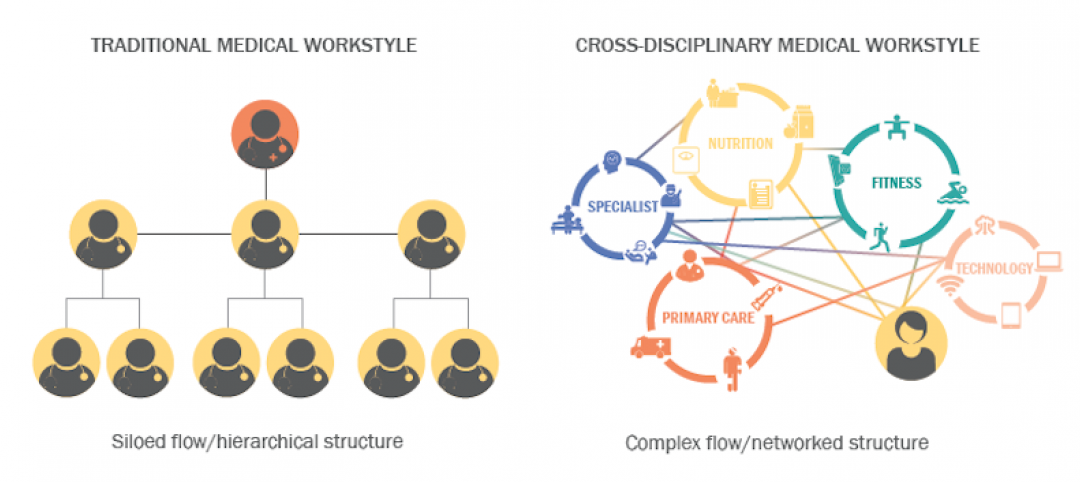JLG Architects has acquired Minneapolis, Minn.-based Studio Five Architects (SFA), one of the North Star State's oldest woman-owned architecture firms.
SFA was led by Linda McCracken-Hunt, FAIA. After 13 years at the University of Minnesota, and after serving as University Architect from 1991 to 1998, McCracken-Hunt became a partner at SFA in 1998. She will join JLG’s staff.
Founded in 1987, SFA has worked on numerous high-profile projects over the years, including the University of Minnesota Health Clinics and Surgery Center in Minneapolis, and the expansion to Regions Hospital in St. Paul. SFA also worked with HKS to design U.S. Bank Stadium, the Minnesota Vikings’ new NFL stadium in Minneapolis.
JLG has 10 offices across Minnesota, South Dakota, and North Dakota. The firm was founded in 1989, and it currently has more than 100 employees. JLG has an extensive portfolio, including aviation, healthcare, higher education, and sports facilities.
“It is JLG’s mix of innovative design excellence, their deep commitment to doing what’s right while staying on budget, and an unbeatable firm culture that makes this acquisition so ideal and ensures that we will continue to elevate our services for decades to come,” McCracken-Hunt said in a statement.
Related Stories
Healthcare Facilities | Nov 6, 2017
Design isn’t enough to foster collaboration in healthcare and research spaces
A new Perkins Eastman white paper finds limited employee interaction at NYU Winthrop Hospital, a year after it opened.
Architects | Nov 6, 2017
How to start a negotiation: Begin as you mean to continue
How you start a negotiation often will determine where you end up, writes negotiation and mediation expert Brenda Radmacher.
Giants 400 | Nov 3, 2017
Top 25 military architecture firms
Jacobs, Michael Baker Intl., and HDR top BD+C’s ranking of the nation’s largest military sector architecture and AE firms, as reported in the 2017 Giants 300 Report.
Engineers | Nov 2, 2017
CannonDesign expands its presence in Colorado with BWG acquisition
Future mergers could be in the offing.
Giants 400 | Nov 1, 2017
Top 35 industrial architecture firms
Jacobs, Stantec, and BRPH top BD+C’s ranking of the nation’s largest industrial sector architecture and AE firms, as reported in the 2017 Giants 300 Report.
K-12 Schools | Oct 31, 2017
Exploring empathy in architecture: Put yourself in your student’s shoes
People are enigmatic and inherently complex, which can make it difficult to design for a larger population.
Architects | Oct 31, 2017
AIA selects recipients for the 2017 Innovation Awards
The program honors projects that highlight collaboration between design and construction teams to create better process efficiencies and overall costs savings.
Giants 400 | Oct 30, 2017
Top 130 green architecture firms
Gensler, Stantec, and HOK top BD+C’s ranking of the nation’s largest green sector architecture and AE firms, as reported in the 2017 Giants 300 Report.
Architects | Oct 30, 2017
City 2050: What will your city look like in 2050?
What do we think the future will look like 30 years or so from now? And what will City: 2050 be like?
Architects | Oct 25, 2017
Mason & Hanger appoints Ben Lilly as its new president
The firm expects to continue mining growth opportunities with its federal agency clients.
















